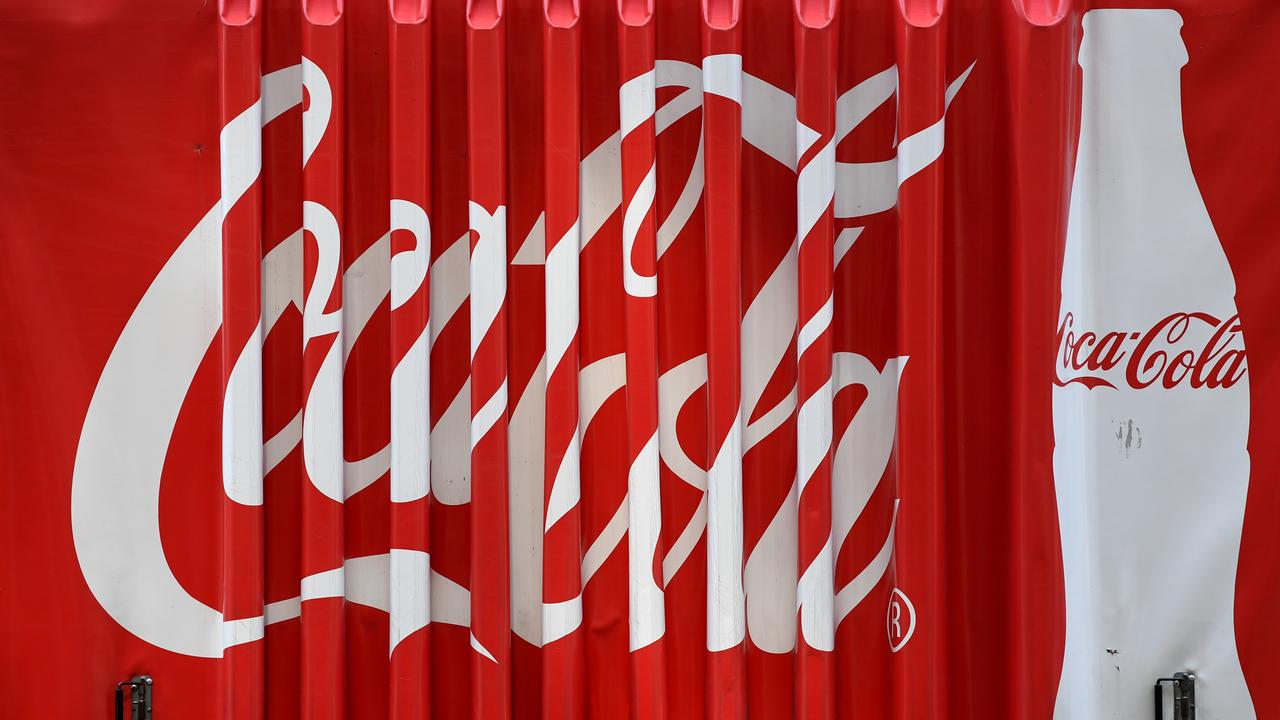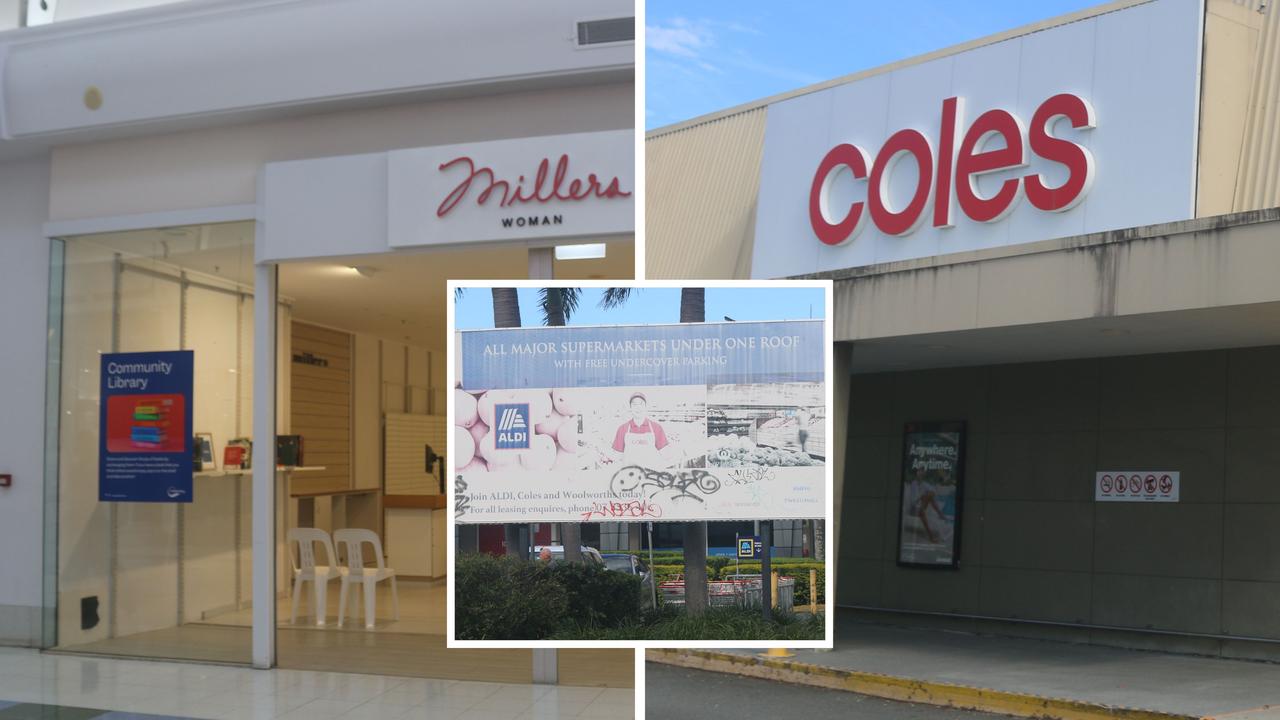Why credit card interest rates are so high and how you can fight back
CREDIT card interest rates are crippling millions of Aussies — and policy wonks are finally starting to realise how bad the payments really are.
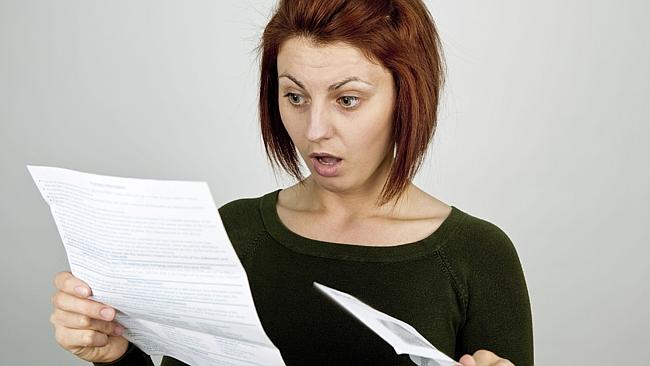
THE policy wonks who will whisper advice to new Treasurer Scott Morrison have finally grasped what millions of consumers realise every month when they open their credit-card statement — interest rates on plastic are a rip-off.
Federal Treasury yesterday told a Senate inquiry into credit cards that providers are exploiting “consumer inattention” to keep interest rates higher than they should be.
The damning assessment, albeit in bureaucrat-speak, came as the bank lobby group was exposed for telling the same hearing only half the story about interest charges.
FIGHT BACK: JOIN THE BIG DEBT SWITCH
The growing gap between the Reserve Bank of Australia’s official interest rate and credit card interest rates “seems to incorporate a premium reflecting consumer inattention”, Treasury deputy secretary Michael Willcock told the Senate inquiry in Canberra.
Competition between lenders instead focused on rewards programs and balance-transfer offers, Mr Willcock said, so much so that it had been “hard to find promotional material on headline interest rates”.
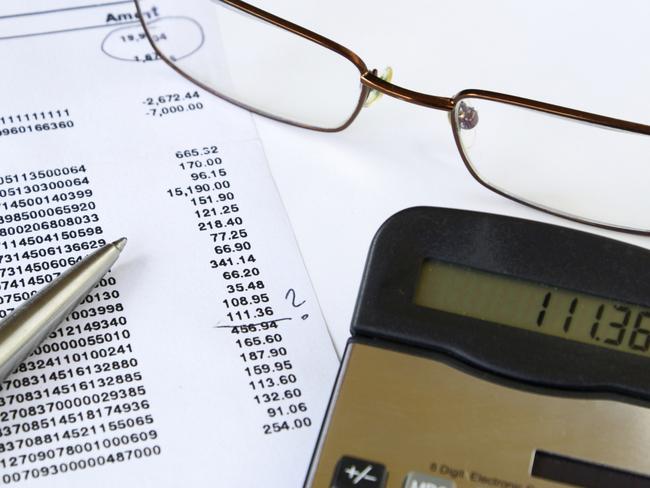
Advice to the Treasurer was being prepared after a meeting with the RBA and the prudential regulator APRA last week, Mr Willcock said.
About four million Australians do not pay off their credit card balance each month.
MONEYSAVERHQ: EXPERT CREDIT CARD GUIDE
Earlier, leading financial products comparison service Canstar’s group executive Stephen Mickenbecker told the hearing there had been an “extraordinary blowout” between the RBA cash rate and the average card rate. Research he provided to the inquiry showed the gap had widened from about 8 percentage points in 2007 to more than 14 percentage points now.
But the Australian Bankers Association executive director Tony Pearson testified the credit card market was “strong, competitive and diverse”.
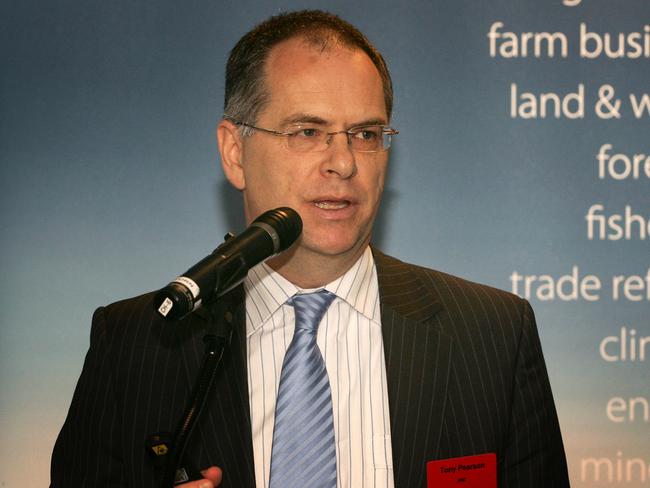
The ABA, which infamously paid $1.35 million to 2UE and John Laws to tell the “whole story” about banks, told the hearing the amount of interest paid per card had fallen since 2012.
What it neglected to also say was that in 2014 the amount was $70 higher than it was in 2004 — a 36 per cent increase. Nor did it point out that interest per household had risen at an even faster rate over the past decade.
KOCHIE AND GREENWOOD: WHAT THEY TOLD THE INQUIRY
The inquiry’s deputy chairman, Liberal senator Sean Edwards, put it to the ABA that there was a case for lifting minimum repayments which, in a majority of cases didn’t even cover interest charges, he said.
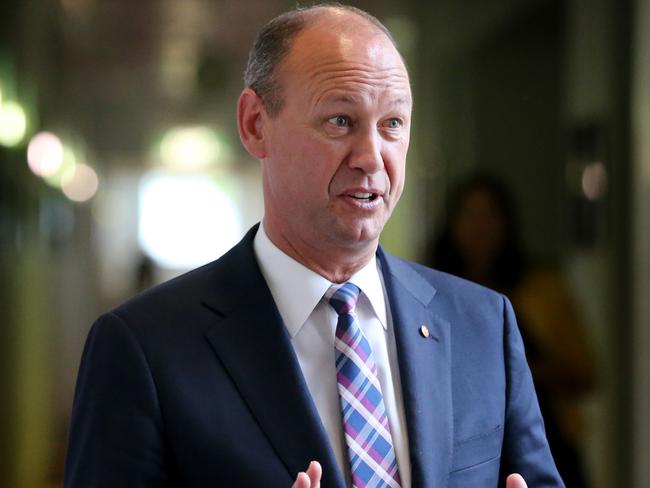
Mr Pearson replied: “I suspect that contention is incorrect. If it didn’t cover interest you’d never pay it off.”
Comparison service Mozo has repeatedly conducted research showing about half of all cards have interest rates so high that just making the minimum repayment will see the debt outlive the borrower.
CARD REVOLUTION: BETTER DEALS FOR BETTER BORROWERS
Meanwhile, more than 54,000 people have now joined the Big Debt Switch seeking a better deal on credit cards.
The campaign is being run by One Big Switch, which hopes to use collective buying might to negotiate lower rates and charges. News Corp Australia is a shareholder in One Big Switch. For more go to www.onebigswitch.com
There is no obligation to take up any offer. News Corp Australia and One Big Switch will earn a commission from any accepted deals. News Corp Australia is a shareholder of One Big Switch.


